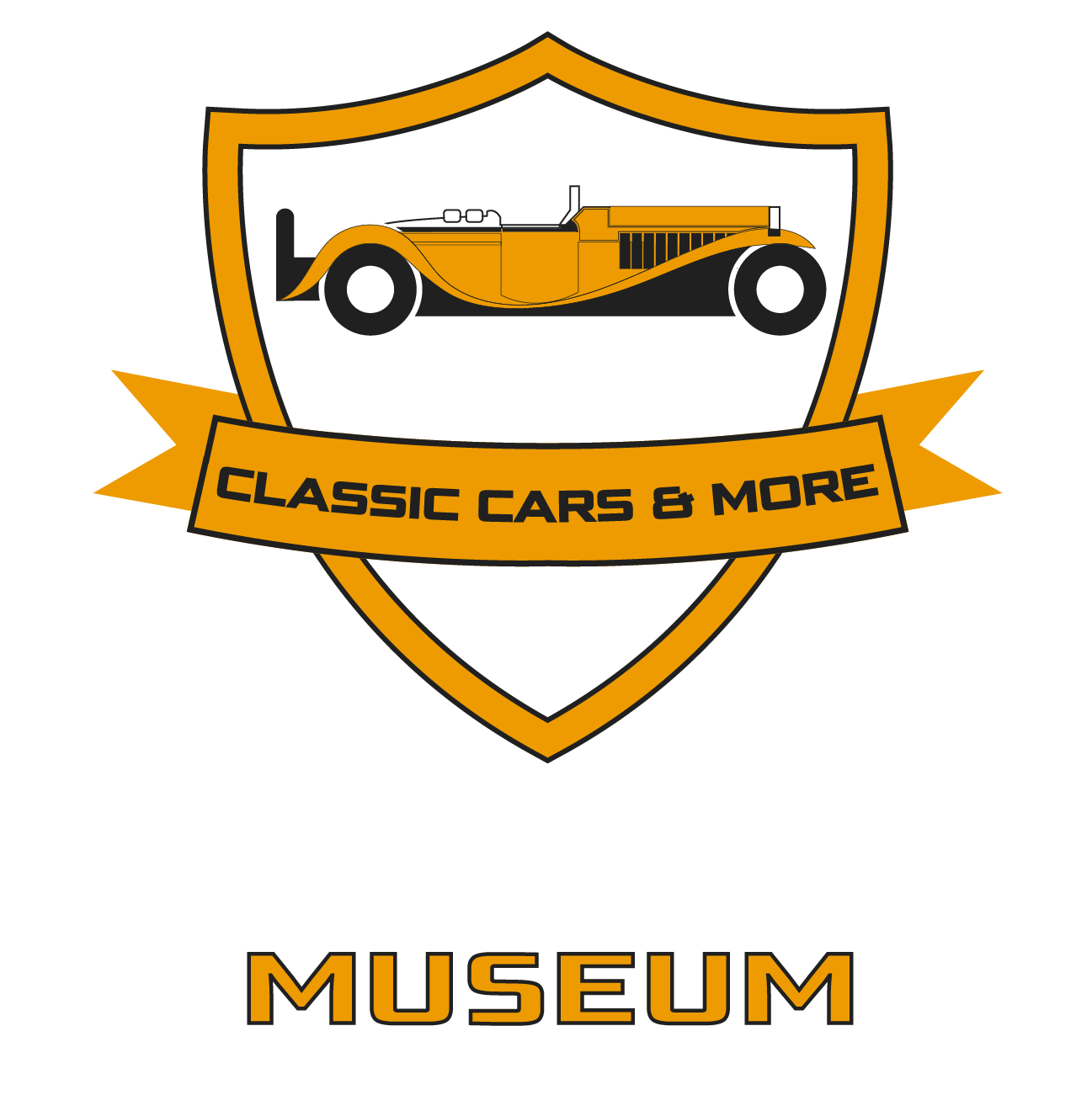365 DAILY NEWSLETTER
HARLEY-DAVIDSON 2.
Interestingly, in January 1905, the company published small advertisements in the Automobile and Cycle Trade Journal offering bare Harley-Davidson motorcycles on a do-it-yourself basis. This meant the customer could order the motorcycle himself based on his personal preferences. By April, complete motorcycles were being produced in very limited numbers. That year, Chicago Harley-Davidson dealer Carl H. Lang sold three of the five motorcycles he built in his Davidson backyard shed. Moderate successes so far
In 1907, William S. Harley graduated from the University of Wisconsin-Madison with a degree in mechanical engineering. That year, they added a second floor to the factory. Production in the new facilities increased to 150 motorcycles in 1907. The company was officially founded in September. As I wrote earlier, it was at this time that they began selling their motorcycles to the police, a market that has been important to them ever since. In 1907, William A. Davidson left his job as a tool and die operator for the Milwaukee Road Railroad and joined the Motor Company.
In 1911, the company introduced the improved V-Twin model, which had a displacement of 811 cc and mechanically operated intake valves, as opposed to the “automatic” intake valves used on earlier V-Twins, which opened by engine vacuum. It was smaller than the earlier twins, but offered better performance. After 1913, the majority of engines produced by Harley-Davidson were V-Twin models.
In 1912, Harley-Davidson introduced its patented “Ful-Floteing Seat” device, suspended by a coil spring inside the seat tube. The spring tension could be adjusted to the weight of the rider, and more than 76 mm of travel was available. This was very comfortable for long-distance motorcycling. Harley-Davidson used this model until 1958.
By 1913, the yellow brick factory was demolished and a new five-story building was constructed on the site, occupying two blocks along Juneau Avenue and 38th Street. Despite the competition, Harley-Davidson had already overtaken the Indian Motorcycle Company after 1914 and dominated motorcycle racing. Production that year swelled to 16,284 machines.
In 1917, the United States entered the First World War. The army needed motorcycles for its missions. Harleys had already been used by the military in Operation Pancho Villa (a military reprisal in the Mexican Revolution). But World War I was the first time they were used for military operations. First with the British H model, made by the Triumph motorcycle factory in 1915. The US Army bought more than 20,000 motorcycles from Harley-Davidson.
Adam Gubán
Subscribe to our newsletter
Provide your e-mail address and click the button below to receive special deals and premium offers




